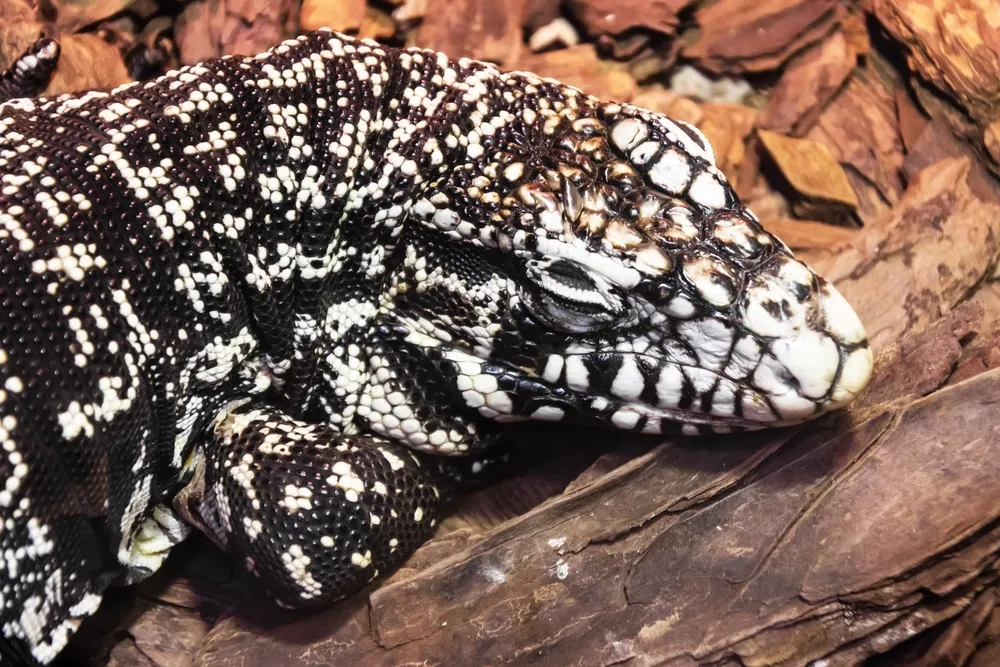Choosing the Best Tarantula Enclosure [Top 5]
Creating the perfect home for your tarantula is crucial for its health, happiness, and overall well-being. A well-designed enclosure mimics the tarantula’s natural habitat, providing security, suitable humidity, and the space needed to thrive. This guide will walk you through the essential elements of a tarantula enclosure, from size and substrate to decor and maintenance. We will also showcase the top 5 tarantula enclosures, helping you make an informed decision and create an ideal living space for your eight-legged friend. Choosing the right enclosure is the foundation of responsible tarantula ownership.
Enclosure Size and Tarantula Species
The size of your tarantula enclosure is paramount. It must be large enough for your tarantula to move freely, hunt, and feel secure, but not so large that it feels exposed and stressed. The ideal size depends on the species and the size of your tarantula. As a general rule, the enclosure should be at least two to three times the tarantula’s leg span in width and length. Height requirements vary; terrestrial species need less height than arboreal species that climb. Always research the specific needs of your tarantula species before purchasing an enclosure. Incorrect size can lead to stress, molting issues, and reduced activity.
Considerations for Terrestrial Tarantulas
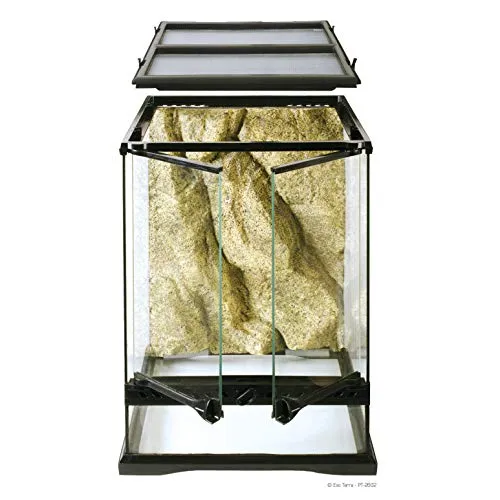
Terrestrial tarantulas, which live on the ground, need more floor space than height. Their enclosures should prioritize horizontal dimensions. These tarantulas often burrow or create webs on the ground, so ample space is essential for them to express their natural behaviors. The substrate should be deep enough for burrowing species. Avoid enclosures that are excessively tall, as this can lead to potential injury if the tarantula falls. Focus on providing a secure, spacious ground area with appropriate substrate and hiding places.
Considerations for Arboreal Tarantulas
Arboreal tarantulas, which live in trees, require more height in their enclosures. They need vertical space to climb, web, and feel secure. Choose a tall enclosure with branches, cork bark, or other climbing materials to mimic their natural habitat. Ventilation is crucial in taller enclosures to prevent stagnant air and maintain appropriate humidity levels. Ensure the enclosure has a secure lid to prevent escapes. The substrate depth is less critical for arboreal species, but it should still be sufficient to absorb moisture and maintain humidity.
Substrate Selection for Tarantulas
The substrate is the foundation of your tarantula’s enclosure, providing a surface to walk on, burrow in, and maintain humidity. The best substrates are those that retain moisture, allow for burrowing, and are safe for your tarantula. Popular choices include coconut fiber (eco earth), peat moss, and a mixture of these with vermiculite or sphagnum moss. Avoid substrates with sharp particles or those that can easily mold. The depth of the substrate depends on the species, with burrowing tarantulas needing a deeper layer. Proper substrate selection will improve humidity, prevent mold growth, and encourage natural tarantula behaviors.
Essential Enclosure Features
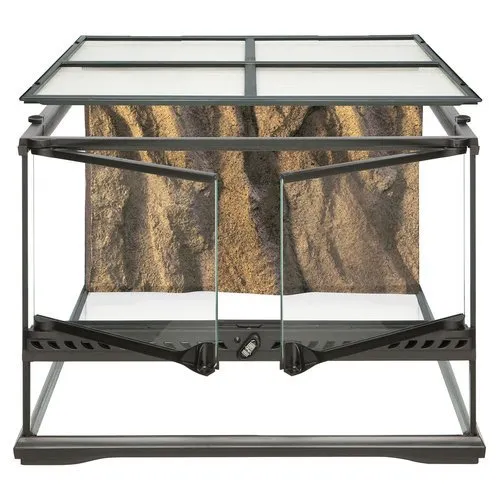
Beyond size and substrate, several other features are essential for a tarantula enclosure. These include proper ventilation to prevent mold and maintain air quality, a secure lid to prevent escapes, and adequate access for feeding and cleaning. The enclosure material should be durable and easy to clean. Consider the location of the enclosure, ensuring it is away from direct sunlight, drafts, and excessive noise. A well-designed enclosure provides a safe, comfortable, and enriching environment for your tarantula to thrive.
Water Dish and Humidity Control
Maintaining the correct humidity level is vital for your tarantula’s health, especially during molting. Provide a shallow water dish, easily accessible but not so deep that the tarantula could drown. Refill the water dish regularly with fresh, clean water. Monitor the humidity using a hygrometer and adjust ventilation or misting as needed to maintain the correct humidity range for your species. Misting the enclosure regularly is beneficial, but avoid saturating the substrate. Remember that excessive humidity can lead to mold growth, which is harmful to your tarantula.
Tarantula Enclosure Decor
Adding decor to your tarantula’s enclosure enriches its environment and provides opportunities for enrichment. Provide a hide, such as a piece of cork bark, a half-log, or an artificial cave, where the tarantula can retreat and feel secure. Use live or artificial plants to create a more naturalistic habitat. Secure all decorations to prevent them from falling and potentially harming your tarantula. Avoid sharp objects or anything that could cause injury. Decor not only enhances the enclosure’s aesthetics but also stimulates natural behaviors like burrowing and hiding.
The Top 5 Tarantula Enclosures
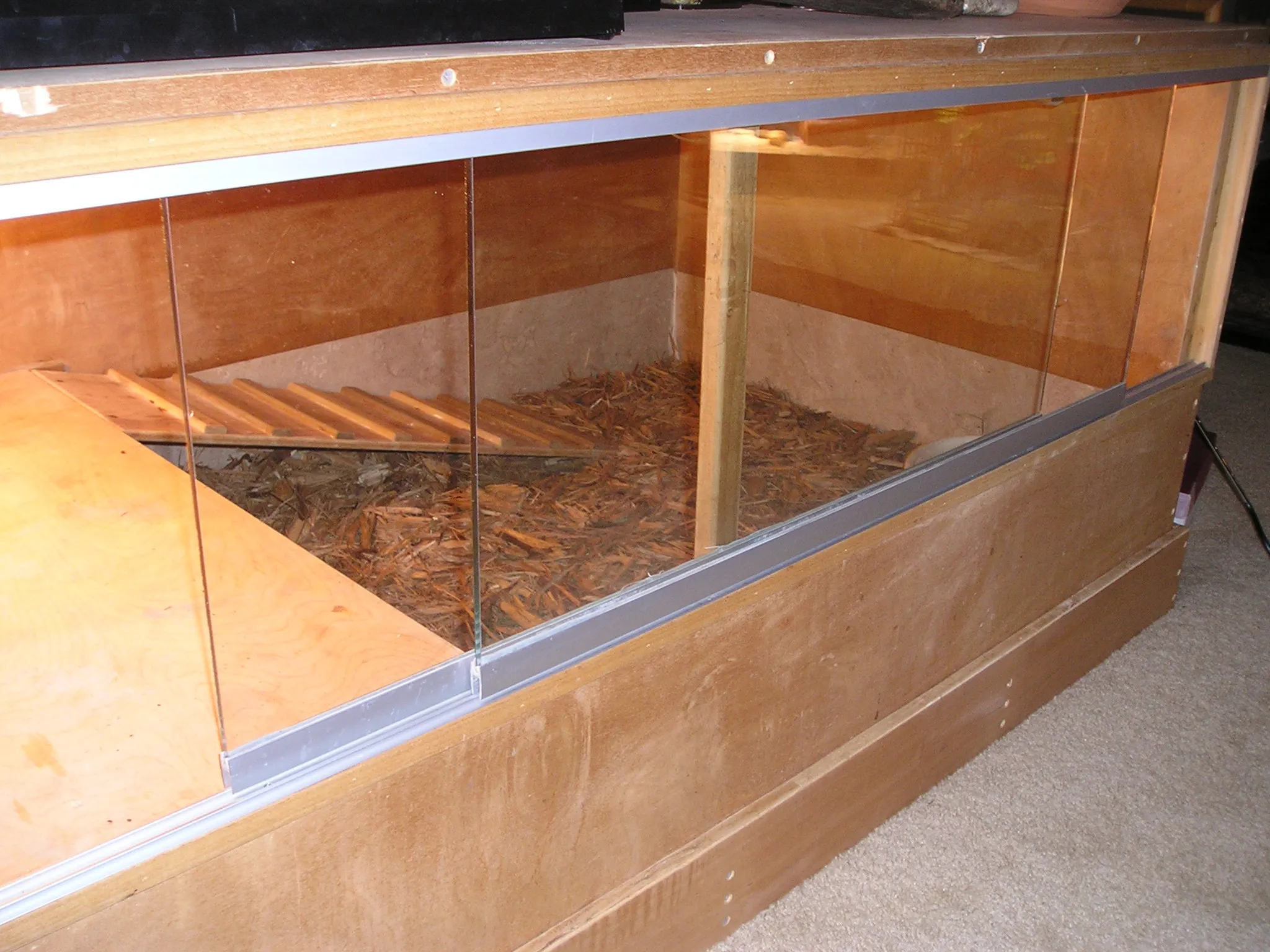
Choosing the right enclosure can be tricky, so here are the top 5 tarantula enclosures, taking into account size, ventilation, ease of use, and suitability for different tarantula species.
Enclosure 1 Description
Enclosure 1 is a front-opening terrarium made of glass or acrylic, with excellent ventilation and a secure locking system. It is available in various sizes, making it suitable for a wide range of tarantula species, from small slings to large adults. Its design features a removable top for easy access and cleaning.
Pros of Enclosure 1
- Excellent ventilation
- Front-opening design for easy access
- Secure locking system
- Available in multiple sizes
- Aesthetically pleasing
Cons of Enclosure 1
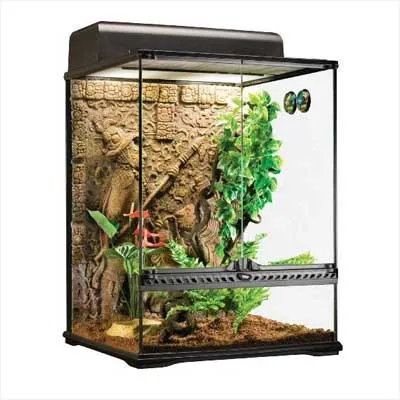
- Can be more expensive than other options
- Glass versions can be heavy
Enclosure 2 Description
Enclosure 2 is a plastic container with a secure lid and pre-drilled ventilation holes. It is an affordable and practical option, especially for smaller tarantulas and slings. The clear plastic allows for easy viewing of the tarantula, and the lightweight design makes it easy to move.
Pros of Enclosure 2
- Affordable
- Lightweight and easy to handle
- Clear for easy viewing
- Good for beginners
Cons of Enclosure 2
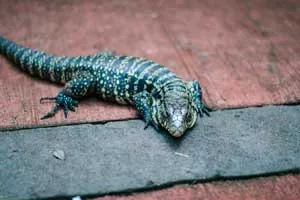
- Ventilation may need modification for some species
- Less aesthetically pleasing than glass options
Enclosure 3 Description
Enclosure 3 is a custom-built enclosure, often constructed from wood or PVC. These enclosures can be tailored to the specific needs of your tarantula species and the available space in your home. They offer excellent insulation and humidity control.
Pros of Enclosure 3
- Customizable to specific needs
- Excellent insulation
- Good humidity control
Cons of Enclosure 3
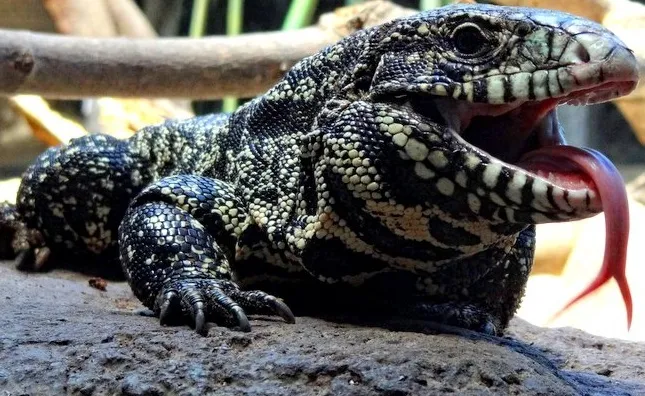
- Can be more expensive
- Requires DIY skills or professional construction
- Ventilation can be tricky
Enclosure 4 Description
Enclosure 4 is a screen cage, ideal for species that require excellent ventilation and prefer drier environments. These cages are typically made of a durable screen material that allows for optimal airflow and easy humidity control. They are a good choice for certain desert-dwelling species.
Pros of Enclosure 4
- Excellent ventilation
- Lightweight
- Good for drier climates
Cons of Enclosure 4
- May not be suitable for all species
- Humidity can be difficult to maintain
Enclosure 5 Description
Enclosure 5 is a repurposed container, such as a large plastic storage bin. This is a budget-friendly option, and these containers can be modified with ventilation and decor. It is a good option for housing larger tarantulas, though it may not be as visually appealing as other options.
Pros of Enclosure 5
- Affordable
- Large size
- Easy to modify
Cons of Enclosure 5
- Less aesthetically pleasing
- Ventilation may require modification
- Not ideal for all species
Maintaining Your Tarantula Enclosure
Regular maintenance is essential for keeping your tarantula enclosure clean and your pet healthy. Spot clean the enclosure regularly, removing any uneaten food, feces, or shed exoskeletons. Complete substrate changes are needed periodically, depending on the substrate type and the tarantula species. This helps prevent the buildup of harmful bacteria and maintains the proper humidity levels. Always clean the enclosure with a reptile-safe disinfectant, avoiding harsh chemicals that can be harmful to your tarantula. Proper maintenance ensures a safe and comfortable environment for your tarantula.
Caring for a tarantula is a rewarding experience. By following this guide and selecting the correct enclosure, you can create a healthy and stimulating environment for your eight-legged friend. Remember to always research the specific needs of your tarantula species and adjust the enclosure setup accordingly. Enjoy the fascinating world of tarantula keeping!
